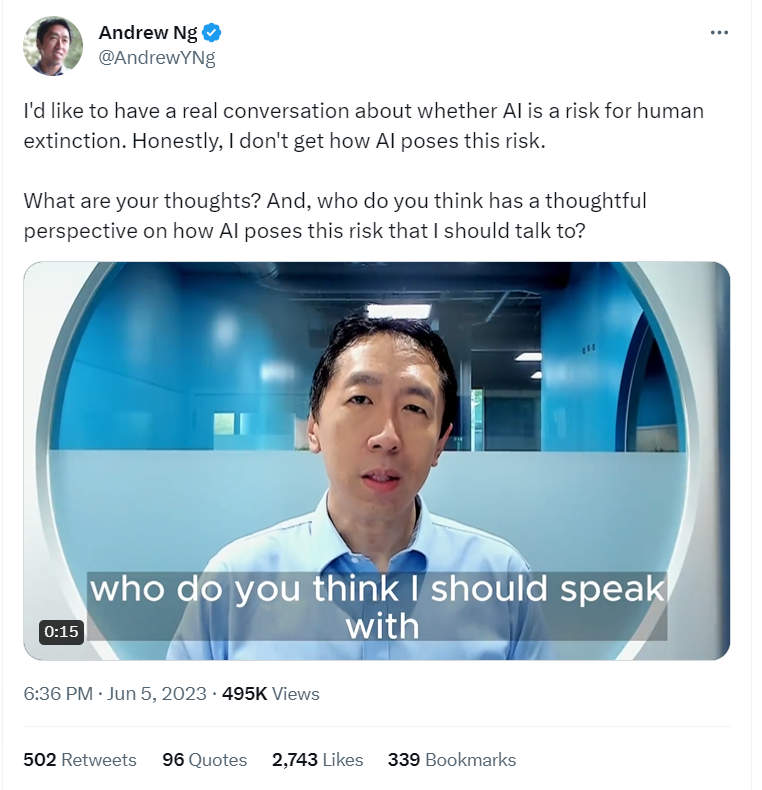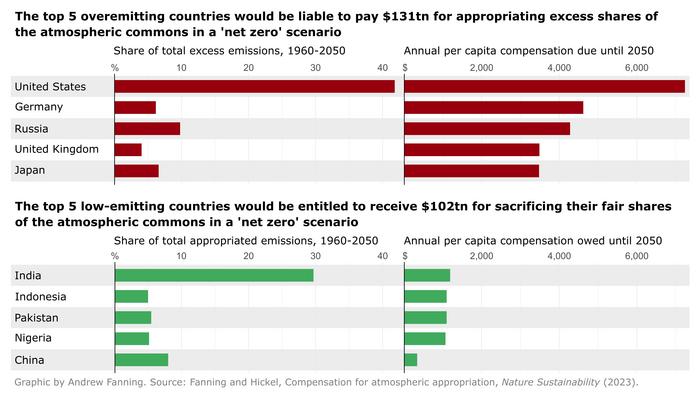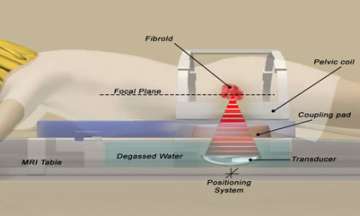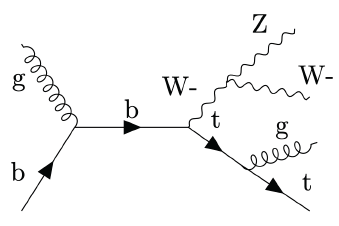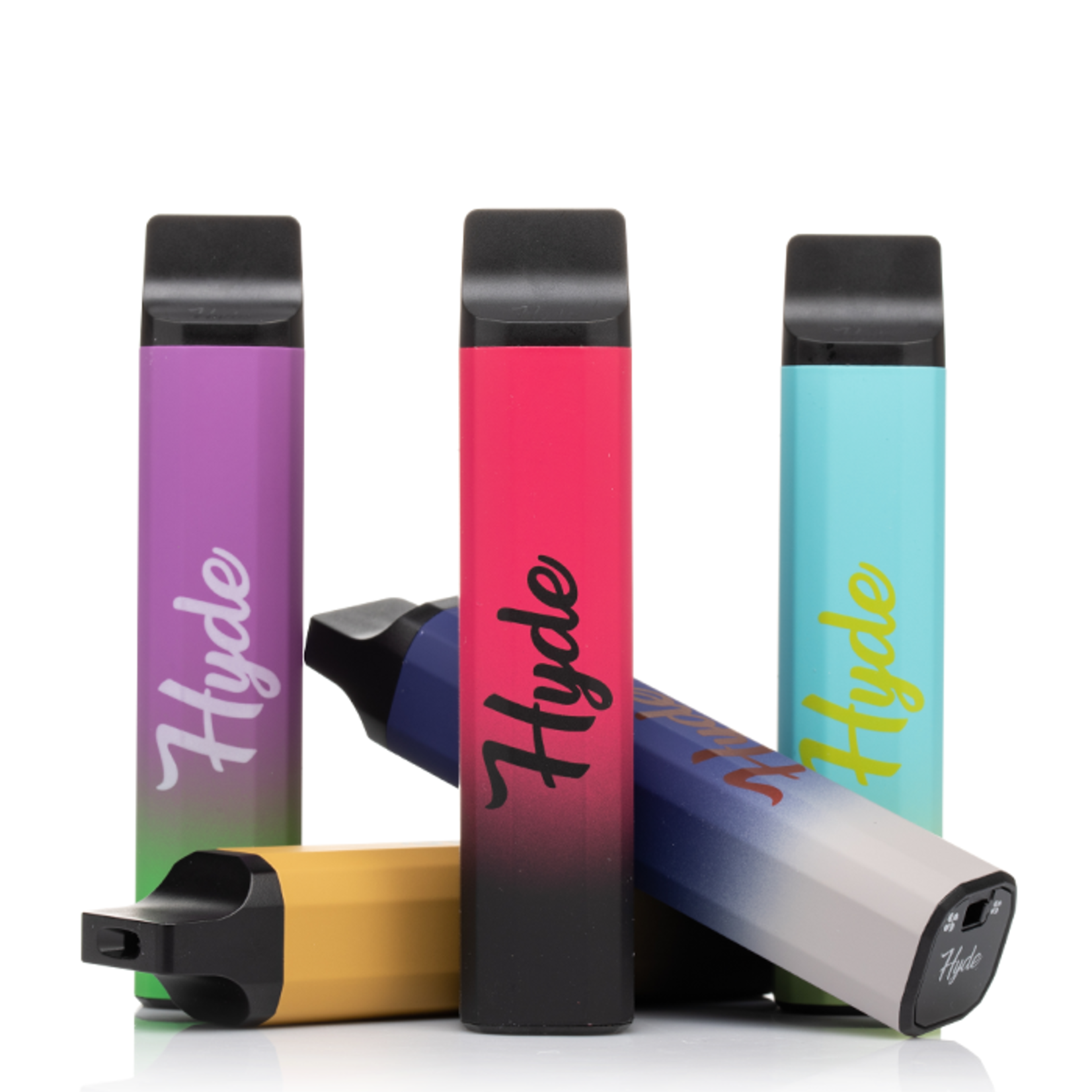The University of Padova has extended until tomorrow, June 8 at 1PM CEST the deadline to submit applications to be enrolled in a Ph.D. course in Physics at the University of Padova.
Below I summarize a previous post that describes the opportunity.
With the development of the new generation of large language models (ChatGPT, Bard, etcetera) we are seeing the first hints of an accelerating pace in the progress of artificial intelligence. These innovations may turn out to be good for humanity (with all problems we have already identified, bias, misinformation, work displacement, etc.), but their possibly exponential (and more-than-exponential) rate of change is something we cannot fathom, and is in and of itself the source of large risks.
A new
op-ed in Nature argues that countries which have air conditioning owe the world up to $298 trillion. And counting.
That figure is virtual money. Like virtual water, or virtual pregnancy, it isn't a real thing, it is a computer model by activist economists who love to use terms like "reparations" because the modern world doesn't have people routinely freezing to death.
What often-debilitating condition affects up to 75 percent of women and has long been ignored by the US healthcare system?
The answer is uterine fibroids.
The world of elementary particles has something in common with our own: there are large inequalities in the properties of particles, as in the properties of human beings. The heaviest particle, the top quark, with its estimated mass of 172 GeV is five orders of magnitude heavier than the most common matter constituents, the up and down quarks and the electron. Along with the top quark there are three other heavyweight particles that we currently call elementary -perhaps only a label we have to use because we haven't been able to split them further into smaller bits: the Higgs boson (125 GeV), the Z boson (91 GeV), and the W boson (80 GeV).
A traditional endoscopy, while valuable for detecting high-risk lesions, is an expensive, invasive procedure. There are ingestible cameras but are not controlled by physicians, they are just swallowed and the body does the rest.
In the early days of changes in laws to products like alcohol, some people below the new legal threshold were still able to get it. It was impossible to arrest everyone selling illegally, and there was a certain freedom argument many made, i.e. why can I shoot a Nazi in Europe but not buy a beer in the US?
Two cases of
Yersinia pestis in human remains found in a mass burial in Charterhouse Warren in Somerset and one in a ring cairn monument in Levens in Cumbria show that the Plague may have erupted a few times in severe form across Europe,
and it was even in England as far back as 2000 B.C.
In the 1960s, coronavirus was discovered as distinct from the common cold so future analyses may also find pandemics that occurred long before 2003, 2012, and 2019. 'The plague', as it became known in the Middle Ages, has previously been identified in Eurasia between during the Late Neolithic and Bronze Age, so we now know it was easily transmitted.
Even to an island.
Calories cause obesity and while everyone wants a magic solution to eating too much for a prolonged period of time, those with the means can make it reality in the form of surgery.
COVID-19 set off a panic in much of culture. Schools were closed, people were ostracized if they didn't think flipping masks up and down between sips of water was clinically valid, but decisions were being made in real-time so a lot of things that once again seem silly in hindsight were the Precautionary Principle in all its glorious flawed reasoning.
Volunteering often makes us feel good but does it mean better health? Epidemiologists in
a new paper argue it does, but the confounders are obvious; parents who take their kids to volunteer are often wealthier and in better health and on surveys about their kids claim better outcomes.
The work originated from parent-reported survey data of 22,126 children (6 to 11 years) and 29,769 adolescents (12 to 17 years) in the 2019 to 2020 National Survey of Children’s Health. The authors adjusted and weighted the data to reflect their beliefs about the demographic composition of youths in each state.

